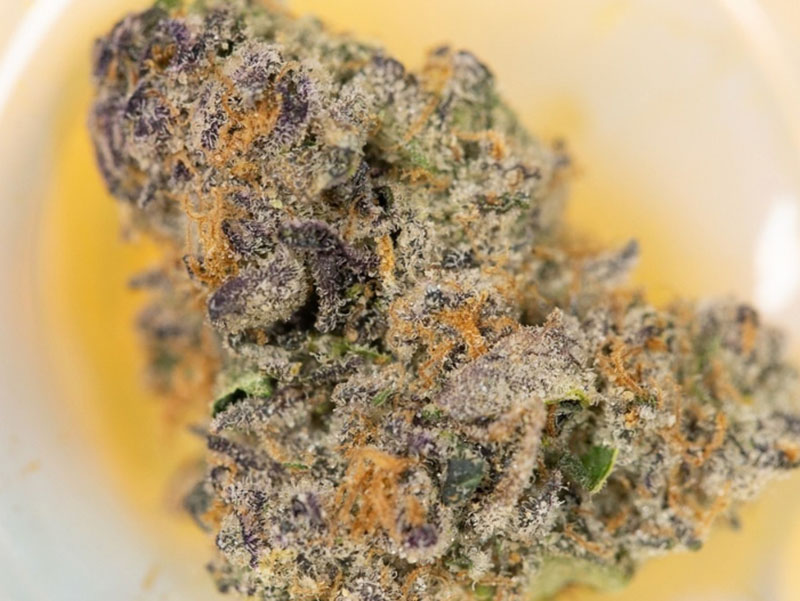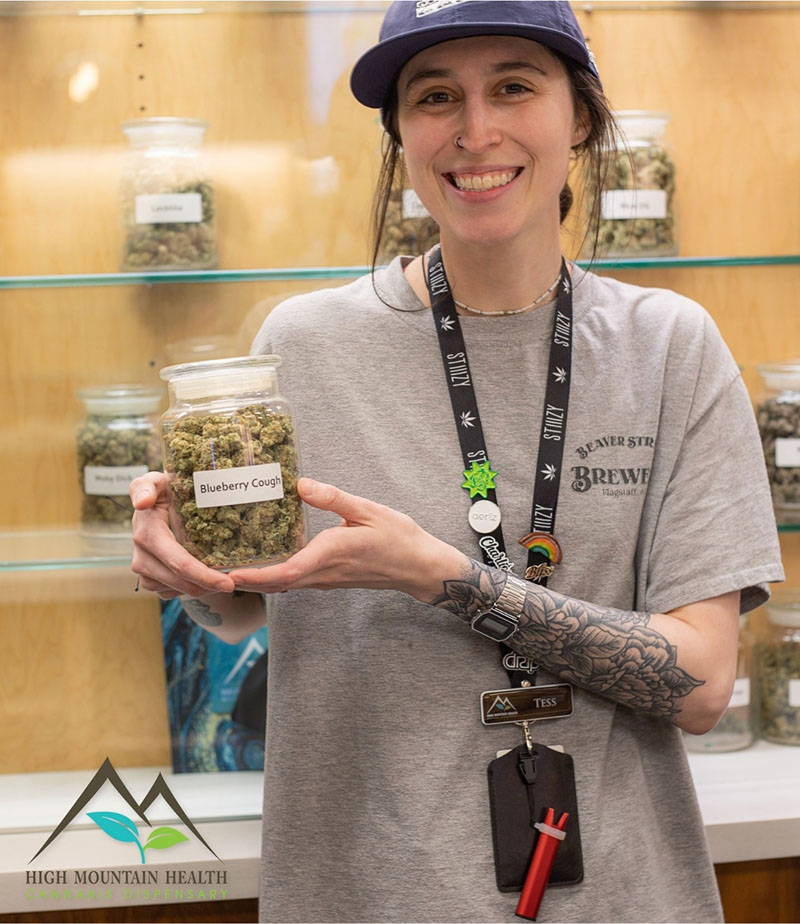Mother’s Day: The Feminine Nature of Cannabis, Mother Plants, and their ability to Clone.
By: Zachariah Finning
The Month of May brings relief to us all as summer is fast approaching. May is also known for one of the most important social holidays, Mother’s Day. Mothers all around the world work hard, carry the household responsibilities, harbor love, and understanding within their family units, usually bear the brunt of raising the children, and do this day in and day out. With so much on their plate, it is no wonder that Mothers are the natural nurturers of our world. They carry us through high tides, they comfort us through change and cherish us even in our darkest moments. Mothers truly are the reason we become who we are. It is in this same spirit that we here at High Mountain Health want to honor the feminine nature of cannabis as well as explore the meaning of a Mother plant and the ability to clone them, in a way creating her offspring.
Cannabis is a dioecious plant by nature, this means that there are both male and female plants, both of which produce flower. The males are essential in the breeding process both to continue the lineage of a strain and to create new novel ones if needed (S1). However, in today’s highly medical and yield focused operations, growers are predominantly opposed to male plants and take the proper precautions and actions to remove them from their grows (S1). This is because they contain mostly lower levels of cannabinoids and are only really valuable in genetic properties and terpene values (S1). They are also removed because once the male pollen touches a female plant she will almost immediately stop producing her resinous tri-chromes and slowly but surely start producing seeds that will ruin the harvest and amount of useable medicine (S1). Female plants are the preferred and needed type of cannabis plant in the medicinal industry today. This preference, and need, is linked to the female’s ability to produce bigger more resinous buds with higher potential in the medicinal market (S1). This resinous production is literally a sexual reaction. As put by a grower interviewed during the documentary “Botany of Desire”, based on the book by Michael Pollan, what growers see in these female plants “is [an] extreme sexual frustration. This is a room full of women who are looking for some guy to come by and give them some pollen so they can create seeds. They try harder and harder as time passes, and the more unsuccessful they are, the more production of the resins that are intended to attract pollen increases, and that increase the psychoactive elements of the plant”. (S1) What you are left with is big, unfertilized, female flowers that are potent with the psychoactive and other cannabinoids that directly aid in the medicinal properties of cannabis.
With our specific need for the feminine nature of cannabis understood we can dive into our next topic relating to the theme of the month. This is the concept of a Mother Plant. Mother plants are typically highly valued strains of cannabis that growers and dispensaries do not want to lose the genetics to. They are used to create “clones” in other words genetic offspring of themselves. Mother plants stay in the vegetative stage as the clones are repeatedly clipped from them (S2). The vegetative stage is where cannabis plant growth truly takes off. This stage takes place between the 3rd-16th weeks of the plant’s life (S3). At this stage, you should be able to differentiate between sativa and indica plants. The indica will have a shorter stature with dense buds while sativa will grow lanky and open in flowering (S3). This will help the growers to snip and clone needed and specific strains. It is important to take cuttings for clones only during the vegetative stage and not off of an already flowering plant (S2). Some grow operations have dedicated mother plants which are used only for the taking of cuttings. With this method, the Mother Plants will never flower meaning you will never get the buds desired (S2). Some cultivators find it difficult to justify devoting their time, energy, and usually limited space to plants that will never produce the desired product. What some cultivations have created is a method where they take cuttings off a set of mother plants and then flip those mothers into the flowering stage. They will harvest the flowers of the mothers and continue to grow and mature the clones until they can be clipped themselves and then flipped to the flowering stage (S2). This method ensures genetically identical clones to the mother before it while not losing out on the amount of flowers you can still harvest. It also will guarantee that all of the clones are females. This saves growers the time and energy of growing from seed, discarding males, and sexing plants.
The third and final topic of this blog is the need for and importance of growing clones. Clones are the end result of the cuttings replanted from a Mother Plant. As stated before, the best time to procure a clone cutting from a Mother Plant is the vegetative state. As early as five weeks but must be done before the flowering stage around 16-18 weeks (S4). Many growers uphold the belief that clones taken from the base of the plant will root first, believed to be because of the close proximity to the Mother Plant’s roots. While others testify that cloning from the top of the Mother using the newest growth will produce faster-rooting clones (S4). Cloning is a test of patience for sure and time should not let one be deterred. As long as the cuttings that are taken have at least one internode and some leaves success shouldn’t be hard to obtain (S4). Cultivators have found ease in cloning from mother plants as when growing from seeds you have to deal with more variability in growth patterns, nutrient needs, and many other qualities (S2). Cloning ensures the already implemented technique by the growers will produce almost the exact same results they were looking at from the original Mother Plant. Rooting clones is an important step in the process of this type of cultivation. There is a variety of different sized “rooting cubes” and jiffy plugs that can be utilized when rooting clones. Smaller sized cubed shaped versions allow the clone’s roots to become air-pruned helping them as they grow and begin their expansion (S4). To maintain the proper moisture levels they implement the use of peat-moss and or coco jiffy plugs and either Riot foam or rock-wool cubes for initial replanting. A personal favorite by Stoney Tark, A High Times journalist, is 2-inch-square coco jiffy cubes (S4). The propagator, or grow box, used to mature the clones should be at least 12 inches tall. This will provide ample enough room for the cultivators to use larger more mature clones. Cultivations avoid using small propagators under 6 Inches tall as this will cramp the clones and force them to touch the wet sides and roof of the plastic domes, which may lead to mold or fungus(S4). The ideal temperature for the clones to thrive is a warm and wet environment. This is the primary reason why some cultivators experience rooting that can last from 21 to 35 days (S4). The incorrect temperatures and humidity levels can set back a clone operation drastically, to avoid this maintain a humidity level of 70% and a temperature of 75 degrees Fahrenheit (S4). The rate at which the clones will start showing their roots for replanting is based on a number of variables mentioned previously including humidity, temperature, lighting, and overall quality of the plant (S4). Typically if all is done well one should see the first roots emerge within 7 to 10 days. Larger clones will most likely root faster due to their size and maturity (S4). Once the clones have hardened and the roots are mature it is then time to transport them to your grow medium so they can mature further. The growing clone’s roots will want to reach down and out as far as they can to anchor themselves firmly into their new medium (S4). Feed them sparsely and implement a drier period during this time to avoid any waterlogging of the medium. Following all these steps and giving the young cuttings the love they deserve will ensure your clone grows into a strong, identical, and easily managed replica of your Mother Plant.
The motherly and primarily feminine nature of the cannabis plant pays tribute to the mothers of the world. Mother Plants are an essential and critical part of the Medicinal Industry. Without them, the exact desired genetics and properties of their lineage would be hard to keep constant. They ensure the individual attributes and expectations needed by both patients and cultivators alike are consistently met. Cloning, although a more recent implementation, of cannabis, has proven to be one of the most successful ways to ensure direct genetics survive as well as to increase harvest values off of one single Mother Plant. As she passes down clone after clone her lineage and effects, much like her family name, will survive and continue to be celebrated and felt by the medicinal patients of the world.
Sources:
-
- S1-https://www.cannaconnection.com/blog/1172-difference-male-female-plants
- S2-https://www.leafly.com/news/growing/how-to-start-mother-plants-for-cloning-cannabis
- S3-https://www.leafly.com/news/growing/marijuana-plant-growth-stages
- S4-https://hightimes.com/grow/frequently-asked-questions-about-cloning-cannabis/












